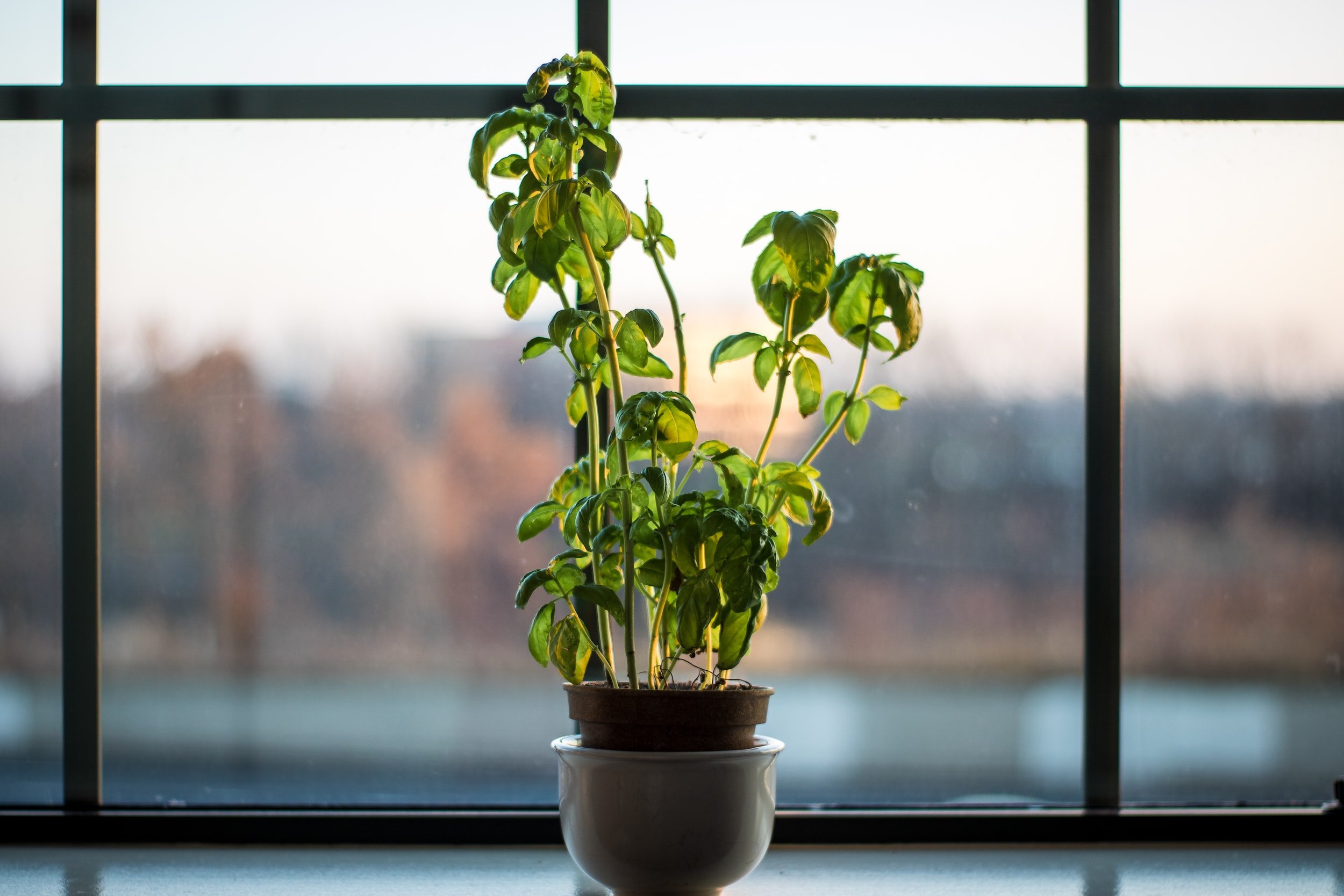Let’s Talk: Winterizing Your Garden
It’s that time of year where our beautiful, flourishing gardens begin to wither away and fall victim to colder temperatures and less sunlight. But what should you actually be doing to make sure your garden is tucked nicely away for the colder months??
Homesteader Judi Weston of Weston Family Farm shares her tips and tricks on how to stay best prepared for the colder winter months!
Start to winterize your garden:
6 tips to prepare you for next season
1. Remove old plants and weeds
As temperatures start to creep below freezing and you begin to crave warm soups and cozy nights in front of a fire, your garden will begin to die down and it will be time to put it to rest for the winter. You can start by harvesting all edible produce and flowers as frost threatens. Fall vegetables often are some of the sweetest and crunchiest to eat (I am talking about you, beets and celery and friends). Next, remove all dead plant debris (tomatoes, cucumbers, squash, dead brambles, etc) and weeds. Wilted vegetable plants are great to put into your compost pile but avoid composting diseased material. Where I live, tomatoes always die of fungal diseases, so I always burn them. Finally, take down trellises and stakes and remove frisbees and baseballs.
2. Prepare overwintering plant materials
Dig up dahlia tubers-hopefully you grow these, and gladiolus corms and any other plants that need to come inside for the winter and place in a cool, dry place. Hardy perennials like iris, bee balm, daylilies, hibiscus, coneflowers, black-eyed susans, should be trimmed down to about 2 to 3 inches above soil. Strawberries and blackberries will benefit from a winter mulch.
3. Bring a plant indoors!
Before the frost kills all of your garden plants, why not dig a plant up and bring it indoors for the winter. Nothing keeps your gardening juices flowing more than having a fresh rosemary or basil plant on your kitchen windowsill to enjoy all winter.
4. Add Compost and Mulch
After you have removed old plants and weeds, consider adding compost and or manure to enrich and lighten the soil in your garden beds. You can do this by hand with a garden rake or with a garden tiller. If an area is completely overrun by weeds you can mow before incorporating other materials into the soil. Prepared soil will save a lot of work come Spring.
5. Add a Thick Layer of Mulch
Once temperatures reach consistently below freezing it is time to cover your garden with mulch. Talk your family into joining you for a leaf-raking party and don your freshly composted and tilled garden a winter coat of leaves. Of course, other materials such as straw and pine needles (for acid-loving plants) also make good mulch. A generous layer of mulch will provide the perfect protection for your soil and help prevent spring weeds from taking over your garden. Your future self will thank you.
6. Clean Garden Tools
Tools are a huge investment to a homestead and with proper care can last for many years without the cost of replacement. First, gather all of your garden tools and with a wire brush take off dirt and debris, or power wash with a garden nozzle. You can use steel wool to eliminate rust and a little oil to freshen up any wooden handles. Use a file or sharpening stone to sharpen your pruners, hoes, and shovels. Inventory what you have and make a list of what you need to replace or repair.
These simple actions will go a long way to making your life easier and your garden more enjoyable next season. It is also a good time to resolve to do something each fall to make your garden soil healthier and more productive. Don’t forget to enjoy the winter break to plan an amazing garden for next year!
Written by Judi Weston of Weston Family Farm. Follow her on Instagram at @westonfamilyfarm or online at www.westonfamilyfarm.com







